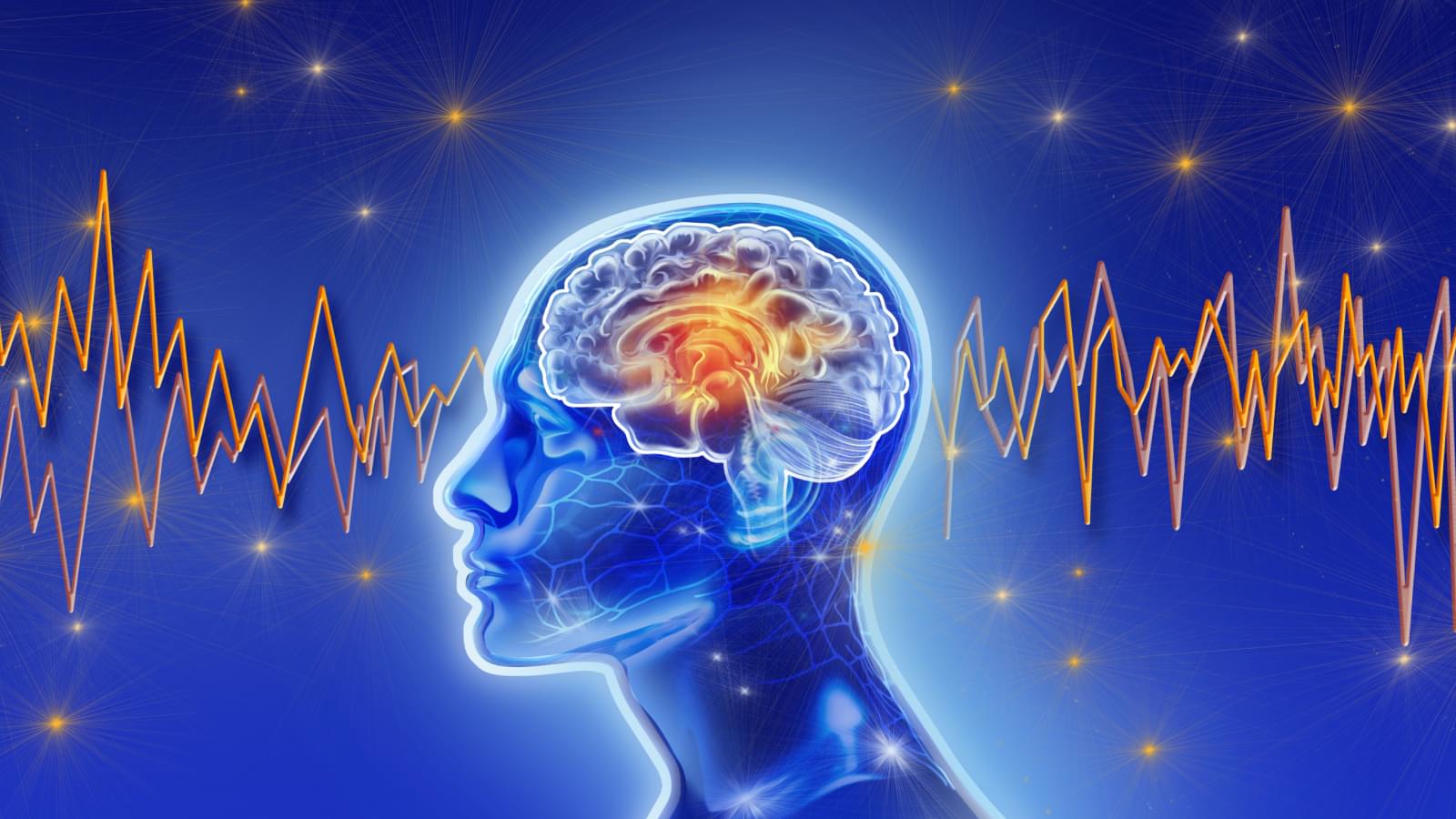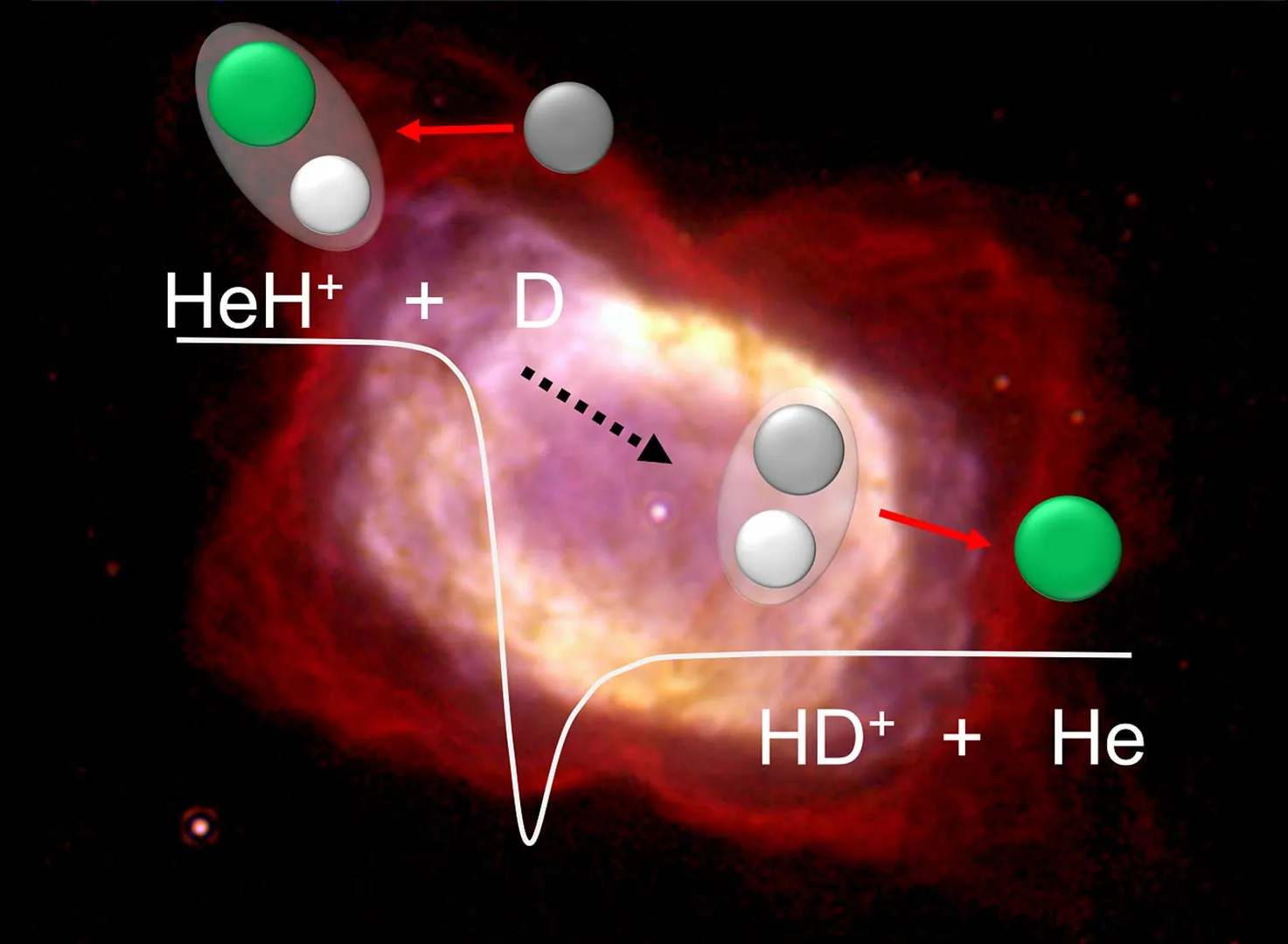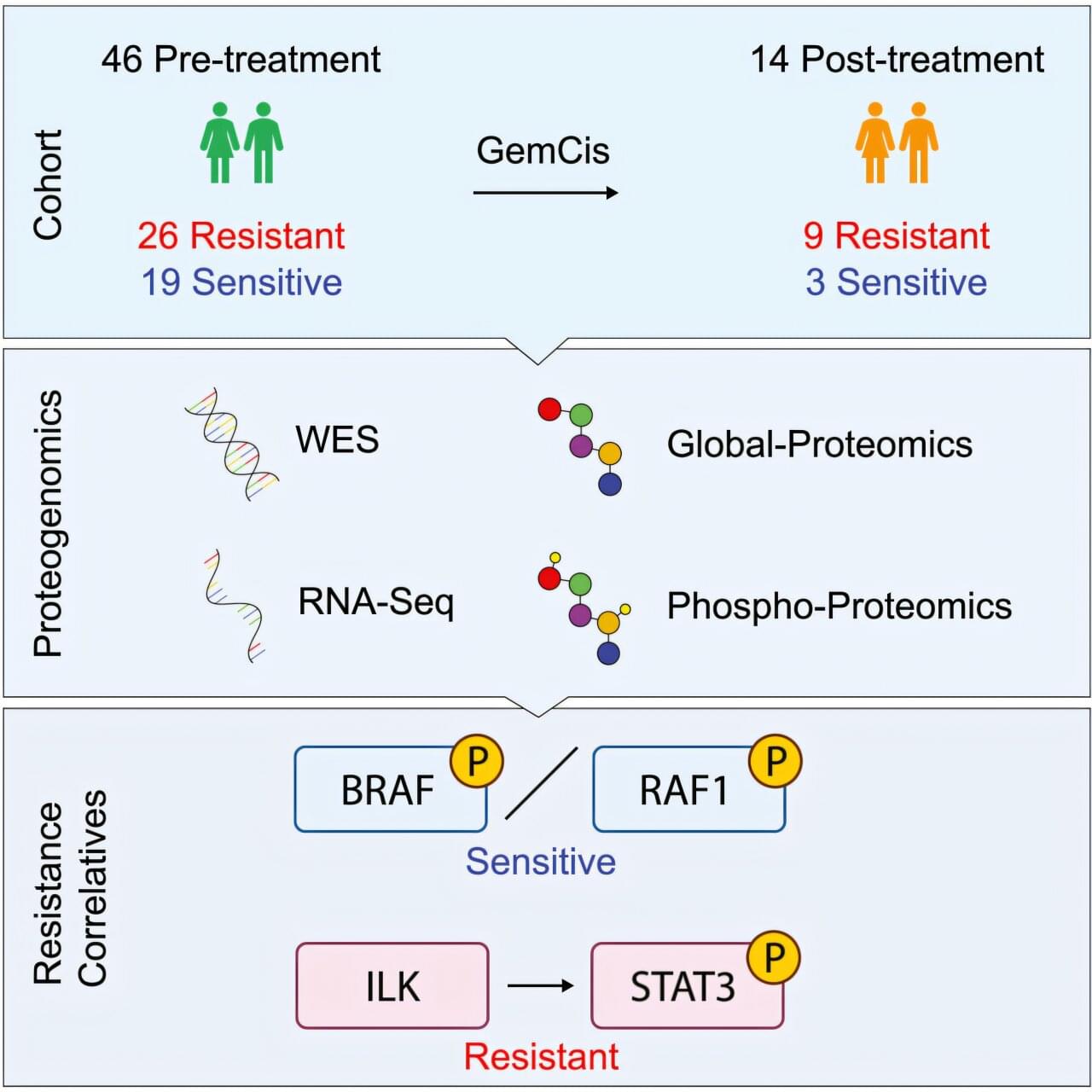A new study reveals that our brains separate “stuff” like water and sand from “things” like balls or tools, using specialized circuits in the visual cortex.



Go visit a sacred ancient site, if possible one featuring a high density of megalithic architecture, and when you get back tell me, hand on heart, you didn’t feel something. Modern archaeology, for all the good that it has done, does not seem to respect this point. (Please see the article under the same name on my Substack for an extended ontological explanation as to why.)
Something is ambiguous, absurd, certainly strange (see: Kastrup, 2012).
Let’s talk about strangeness. Your first thought may be the “paranormal”. Those into the phenomena may think of “high strangeness”. Historians may recount a primary source or two that sticks out from the literature. Classicists may see myth. Some of you may even recollect a personal experience. Maybe one you heard from a family member or that omnipresent friend of a friend of a friend.

Long before stars lit up the sky, the universe was a hot, dense place where simple chemistry quietly set the stage for everything to come. Scientists have now recreated the first molecule ever to form, helium hydride, and discovered it played a much bigger role in the birth of stars than we thought. Using a special ultra-cold lab setup, they mimicked conditions from over 13 billion years ago and found that this ancient molecule helped cool the universe just enough for stars to ignite. Their findings could rewrite part of the story about how the cosmos evolved from darkness to light.




Lose an adult tooth, and you’re left with limited options that typically involve titanium implants or plastic dentures. But scientists are working on an alternative: lab-grown human teeth that could one day replace damaged ones.
Pamela Yelick and Weibo Zhang at Tufts University School of Dental Medicine in Boston have grown a mixture of pig and human tooth cells in pieces of pig teeth to create bioengineered structures that resemble real human teeth.
The toothlike structures represent a step toward bioengineered replacements for dental implants, say researchers behind the work.

About one quarter of patients with muscle-invasive bladder cancer (MIBC) may be treated and derive a benefit with the current standard chemotherapy. To better understand why some tumors resist chemotherapy and identify better ways to treat those cancers, researchers at Baylor College of Medicine have conducted a detailed molecular analysis of MIBC tumors. The results, published in Cell Reports Medicine, offer potential new ways to identify which patients will benefit from chemotherapy and reveal possible new treatment strategies.
“One of our goals was to identify molecular markers in patient tumors that would help us predict which patients were most likely to benefit from chemotherapy and which ones might not,” said first co-author, Dr. Matthew V. Holt, director of the Lester and Sue Smith Breast Center Proteomics Laboratory at Baylor.
The researchers studied 60 MIBC tumor samples using a comprehensive multi-omics approach which included genomics (sequencing the genes of the tumor), transcriptomics (analyzing which genes are turned on or off), proteomics (the proteins produced by the tumor) and phosphoproteins (proteins with chemical tags that control their activity).

Please find under this blog the latest updates on exciting news happening every day in the world of Materials Science and Materials Chemistry research and development (with a special emphasis on the Computational aspects of these research fields), via our diverse selection of news articles! Many thanks for your interest and support, Dr. Gabriele Mogni Email contact: [email protected] Website: www.qscomputing.com